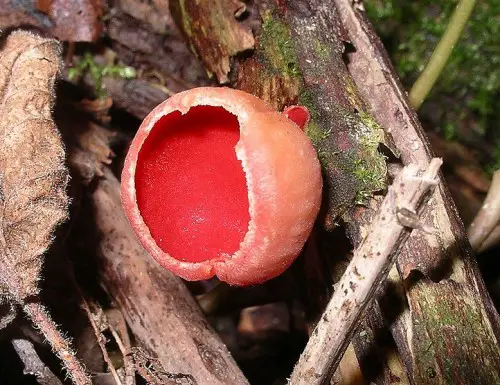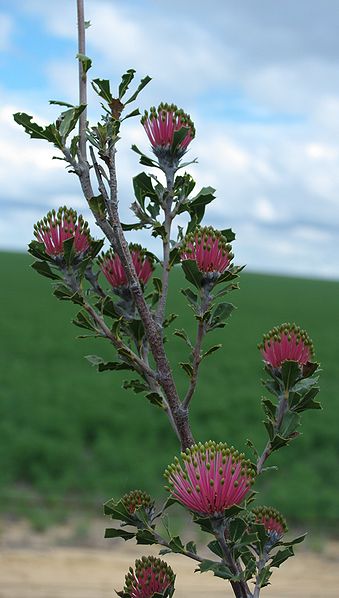Cat Tails
(bullrush) Typha latifolia
The typha is known as cattail in the United States and bulrush in the United Kingdom, is a marshy perennial growing to a height of two and a half meters tall, with light green sword shaped leaves and a seedpod that is cigar shaped and brown in color.
Blackbirds, wrens and others use stands of cattail as shelter and food. As is the case with many plants which grow vigorously, the cattail is very useful to man, even though the typha is considered an invasive weed by many people. Some of the food uses are as follows.

The seedheads of the cattail are eaten by man animals
The early shoots in spring taste like cucumber when raw and like cabbage when cooked and these underground stems are also loved by moose, muskrats, elk and geese.
The base of the stem where the rhizomes form is often boiled or roasted like potatoes, and the young flower stalks can be cooked like corn. You need to take them out of their sheaths first.
Bright yellow or green, the pollen is a good substitute for flour and it contains eighty percent carbohydrates and between six and eight percent protein. It could be a good food source for much of the world as cattail is found all over the world. One acre of cattail would provide four tons of flour for use. The brown fuzz of the seeds can be chewed like gum when it is mixed with tallow.
Native American tribes such as the Klamath and Modoc use the cattail leaves to make baskets, mats and coverings for doorways. The Cahuilla used the stalks as matting, ceremonial bundles and bedding materials. Other tribes use the seeds for tinder, insulation or in baby cradleboards.

When peeled in this fashion the cattail is also edible by humans
Cattail leaves rolled and twisted are used in types of chair coverings, woven in a figure eight pattern with extra leaves or rushes being used as padding in between the two layers of seating. The chair is comfortable and with the plentiful stands of cattail around it is easy to replace if the seating wears thin. Cattail is a very versatile plant indeed


